Observations on aloe polyphylla and summer heat stress.
rredbbeard
8 years ago
Related Stories
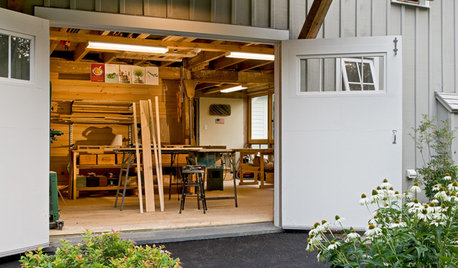
LIFEStressed Out? Try Hitting the Woodshop
Building things with your hands just might boost your mood while giving you personal new pieces for your home
Full Story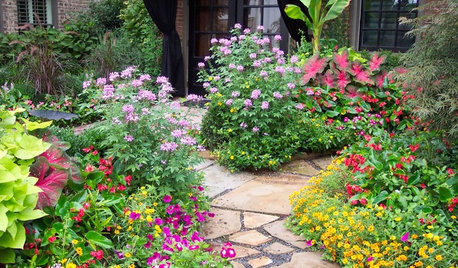
GARDENING GUIDESTexas Gardener: What to Do in June
Don't be discouraged by the dry summer heat — hardy plants, container gardens and smart watering can help landscapes thrive
Full Story0

LIFE6 Ways to Cool Off Without Air Conditioning
These methods can reduce temperatures in the home and save on energy bills
Full Story
GARDENING GUIDESCalifornia Gardener: What to Do in July
Active green thumb or not, top priorities for peak fruit and veggie season: watering, feeding, keeping up with growth
Full Story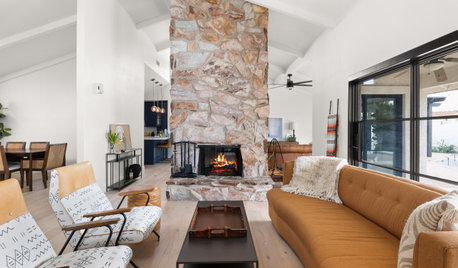
DECORATING GUIDESHow to Get Your Furniture Arrangement Right
Follow these 10 basic layout rules for a polished, pulled-together look in any room
Full Story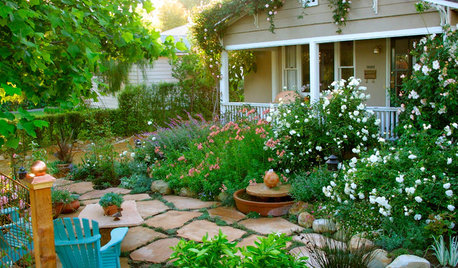
GARDENING GUIDESSouthern California Gardener's October Checklist
Get planting happy this month — so many natives, bulbs, cool-season flowers and vegetable crops to choose from, so little time ...
Full Story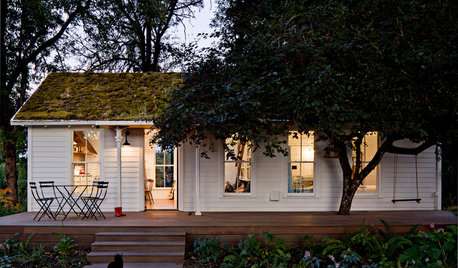
SMALL HOMESHouzz Tour: A Family of 4 Unwinds in 540 Square Feet
An extraordinarily scaled-down home and garden for a couple and their 2 kids fosters sustainability and togetherness
Full Story
HOLIDAYSInternational Traditions: Christmas at Home in Australia
Diving into pools and brandy-laced pudding with equal gusto, Australians keep on the sunny side at Christmastime
Full Story
EARTH DAYThe Case for Losing the Traditional Lawn
Work less, help the environment and foster connections by just saying no to typical turf
Full Story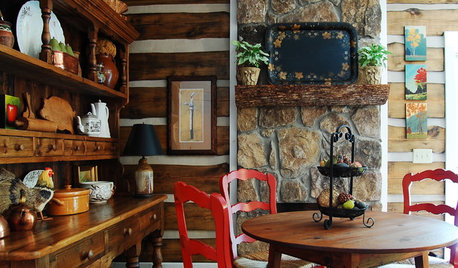
RUSTIC STYLEMy Houzz: A Rustic Log Cabin Charms in the Mountains of Alabama
An open layout, log walls and styled antiques create a comfortable, inviting getaway to share with friends and family
Full StoryMore Discussions






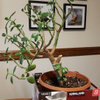
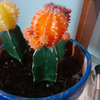
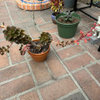
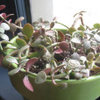
notolover
hoovb zone 9 sunset 23
Related Professionals
Harrison Landscape Architects & Landscape Designers · Goodyear Landscape Contractors · Avocado Heights Landscape Contractors · Cary Landscape Contractors · Leicester Landscape Contractors · University City Landscape Contractors · Kilgore General Contractors · Middletown General Contractors · Mount Prospect General Contractors · Saint Andrews General Contractors · San Bruno General Contractors · Wyomissing General Contractors · Aberdeen Decks, Patios & Outdoor Enclosures · Arlington Heights Decks, Patios & Outdoor Enclosures · Issaquah Decks, Patios & Outdoor Enclosuresstanofh 10a Hayward,Ca S.F. bay area
rredbbeardOriginal Author
Ben was 10a/26, now 7a/34
Stush2049 Pitts. PA, zone 6
rredbbeardOriginal Author
Stush2049 Pitts. PA, zone 6